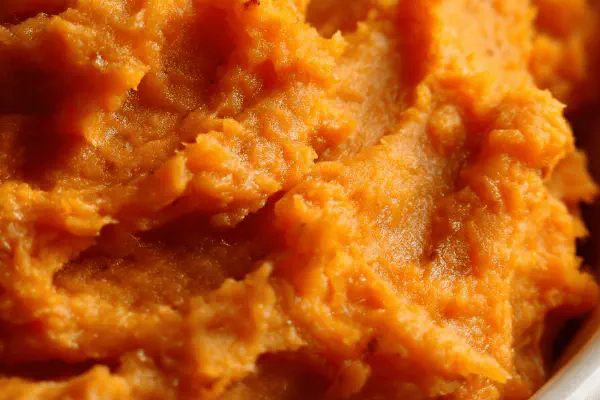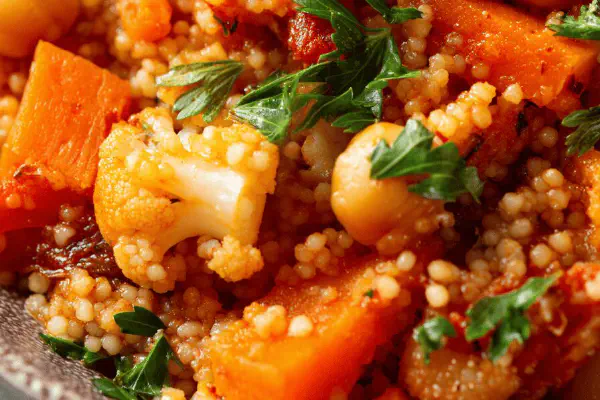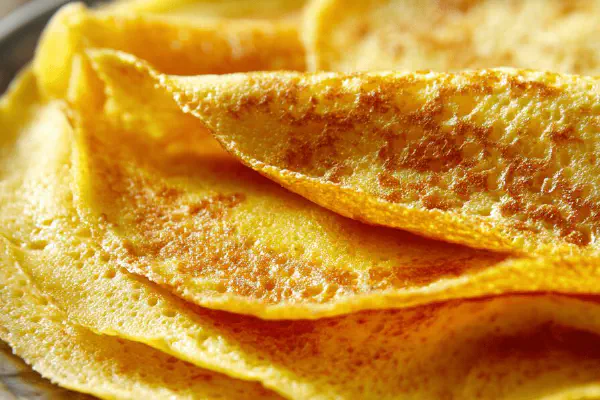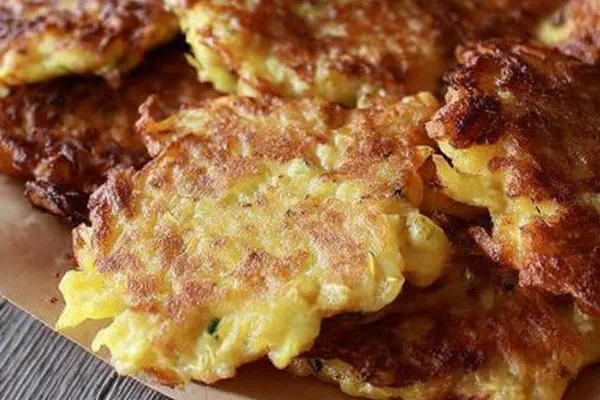Featured Recipe
Zucchini Potato Frittata
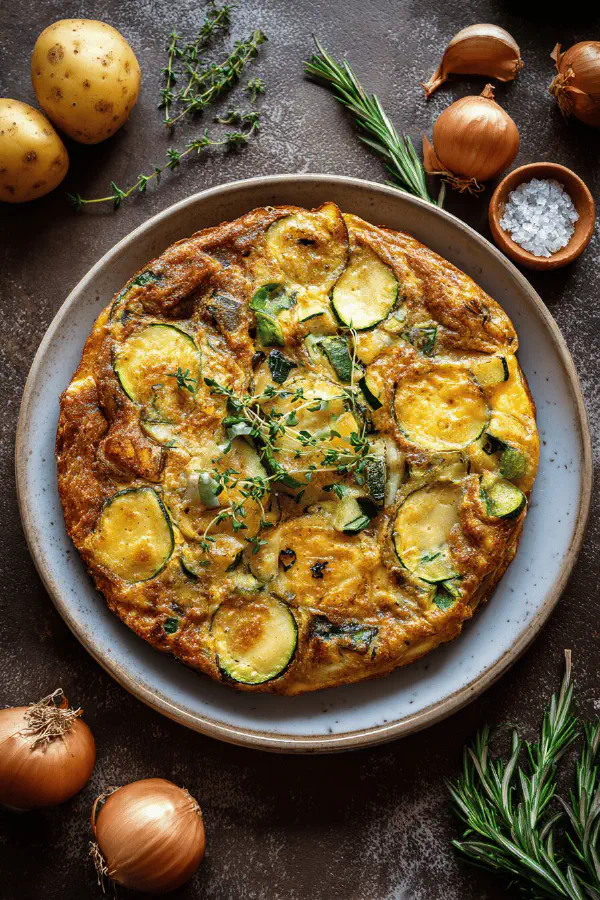
By Kate
"
A rustic frittata built on browned potatoes and tender zucchinis with sautéed leeks and shallots swapped in for onions, eggs beaten smooth and baked to just-set. Garlic gives a punch. Oil control for crispness key. Timing and heat critical for perfect texture without dryness. Suitable for gluten-free and dairy-free diets.
"
Prep:
25 min
Cook:
35 min
Total:
60 min
Serves:
6 servings
frittata
zucchini
vegetarian
gluten-free
dairy-free
Introduction
Potatoes boiled too soft lose structure here—you want them firm with a slight bite to crisp up nicely in the pan. The choice of Yukon gold over starchy russets reduces crumbling. Garlic sautéed just till aromatic is a must, burnt bits ruin the base. Swapping onions for shallots and leeks adds sweetness and a subtle vegetal note. The oil is your crisping agent, not just flavor. Eggs beaten until smooth pour evenly, trapping the mixture and binding through the oven finish. This technique avoids tough, rubbery texture seen in rushed stovetop cooking. Baking lets heat penetrate uniformly, texture stays silky. Resting after oven pulls juices back, cutting’s cleaner, flavors settle.
Ingredients
About the ingredients
Potatoes — Yukon gold preferred for texture stability; if russets only, parboil carefully to avoid breakup. Oil — good quality olive oil but can use avocado for higher smoke point and lighter flavor. Zucchini — fresh, firm, avoid watery older squash that dilute mix. Onion alternatives — shallots and leeks add depth without overpowering. Garlic — fresh minced preferred; powdered garlic changes flavor markedly. Eggs — large, room temperature ensures better emulsification. Salt — adjusts all layers; add judiciously. Pepper freshly ground, coarser works better here. Can add fresh herbs like thyme or parsley for twist but keep it restrained to not compete. For dairy-free, no cheese; can add nutritional yeast for umami if desired.
Method
Technique Tips
Start boiling potatoes in cold salted water to cook evenly—rushing with hot water results in uneven texture. Let steam dry completely after draining so potatoes crisp well. Timing the sauté so vegetables soften but retain bite prevents mushiness in final; avoid browning which deepens flavor but can overpower the eggs later. Using the same pan cuts down on dishes but wipe excess moisture when transferring to crisp potatoes properly. Stirring potatoes gently but less frequently encourages crust formation; too much movement prevents that golden crust you want. Pouring eggs over hot ingredients traps steam and creates lift. Start on stove to set edges—hot sides stop runniness from spreading. Finishing in oven cooks through without flipping which risks breakage and uneven cooking. Watch the center wobbly stage—overcooked eggs become rubbery. Resting after baking finishes carryover cook and firms internal structure; essential step for clean slices and balanced texture.
Chef's Notes
- 💡 Watch potatoes; boil until just tender. Too soft, they crumble. Yukon gold is best—hold shape. If using russets, lessen the boil time. Crisping crucial; dry well after boiling.
- 💡 Garlic needs attention; cook until just fragrant. 30 seconds max, or it turns bitter. Sauté veggies; keep watch for color. Want soft vegetables, no knobs or mush.
- 💡 Oil amounts matter. First, use 15 ml for veggies. Then, use 35 ml for potatoes. Heat oil until shimmering. Helps to create that golden crust. Layers are key.
- 💡 Eggs, crucial; whisk until frothy, not rubbery. Pour over hot mixture. Let edges set a few minutes. Lower heat to medium; it builds structure. Smooth pour important.
- 💡 Rest after baking. 5 minutes; carryover cooking sets the frittata. Helps juices settle. This makes for cleaner slices. Test doneness; the center should be slightly wobbly.
Kitchen Wisdom
What if my frittata is rubbery?
Overcooked eggs are often the issue. Check temp frequently. Bake until just set—avoid that hard texture.
Can I prep ingredients ahead?
Yes, definitely. Cut and store veggies in the fridge. Cook potatoes gently beforehand, just don’t mix them in until ready to bake.
What’s a good substitute for eggs?
Try a flaxseed mixture; 1 tablespoon flax with 3 tablespoons water. Rest for 5 minutes. Works but alters texture slightly.
How to store leftovers?
Refrigerate, tight container. Lasts up to 3 days. Reheat in oven for consistent texture. Microwave works; might lose crispiness.
